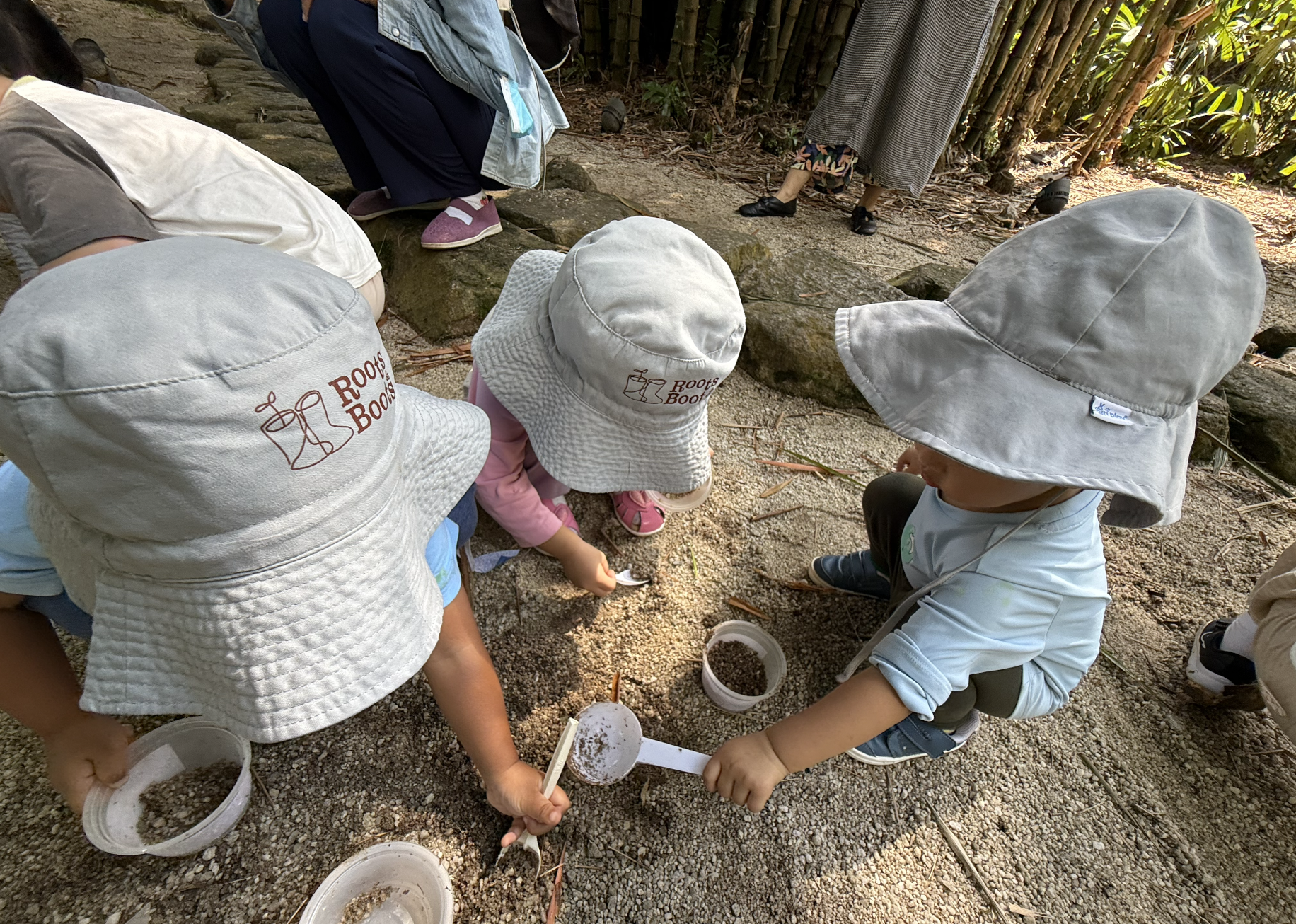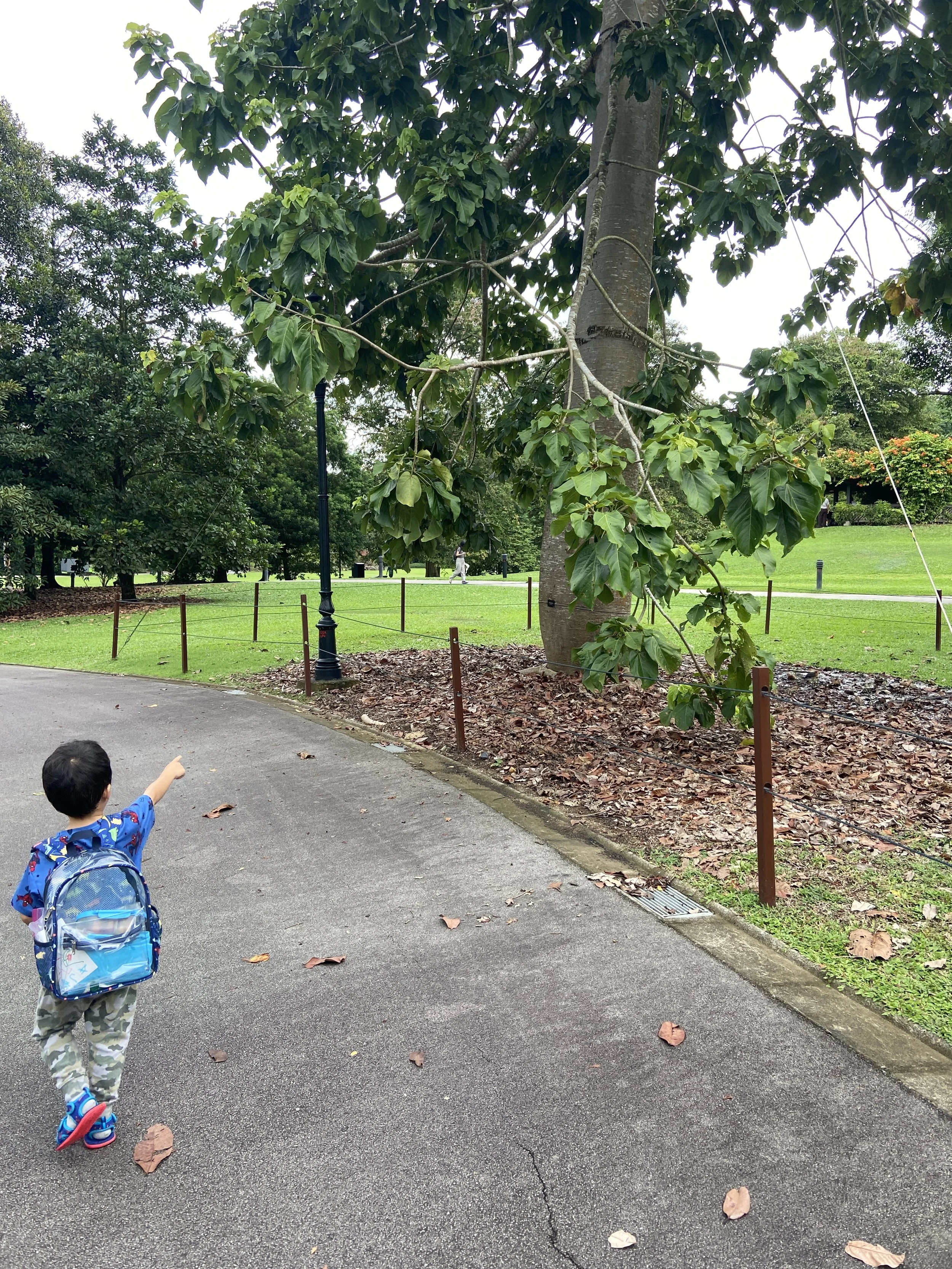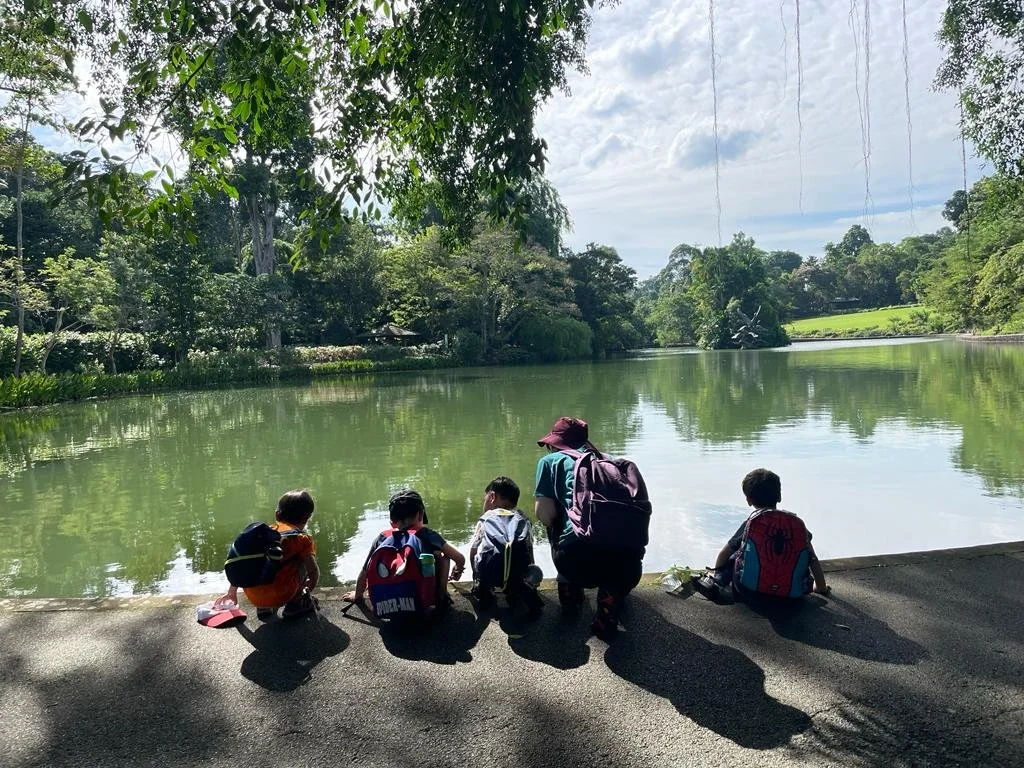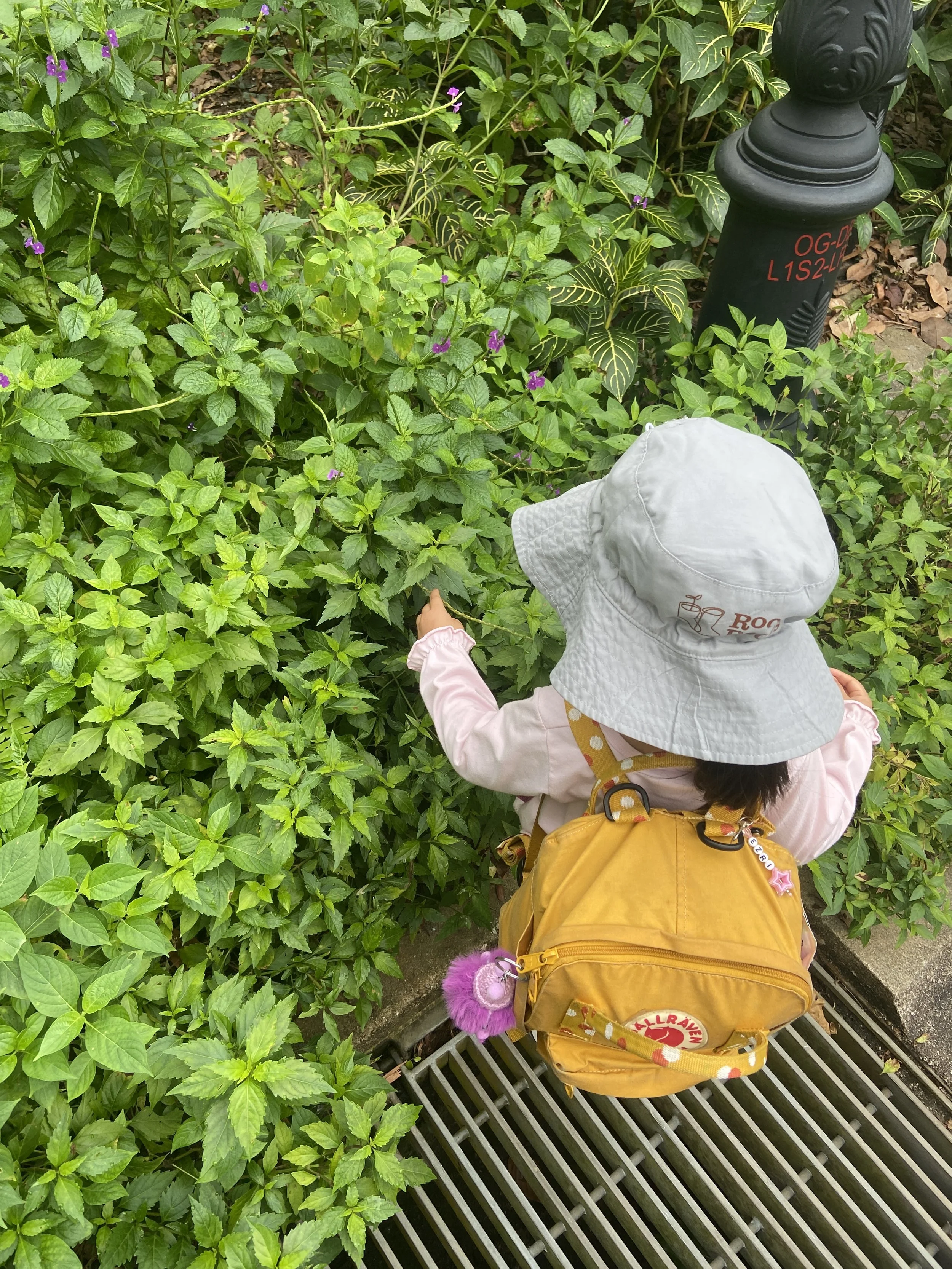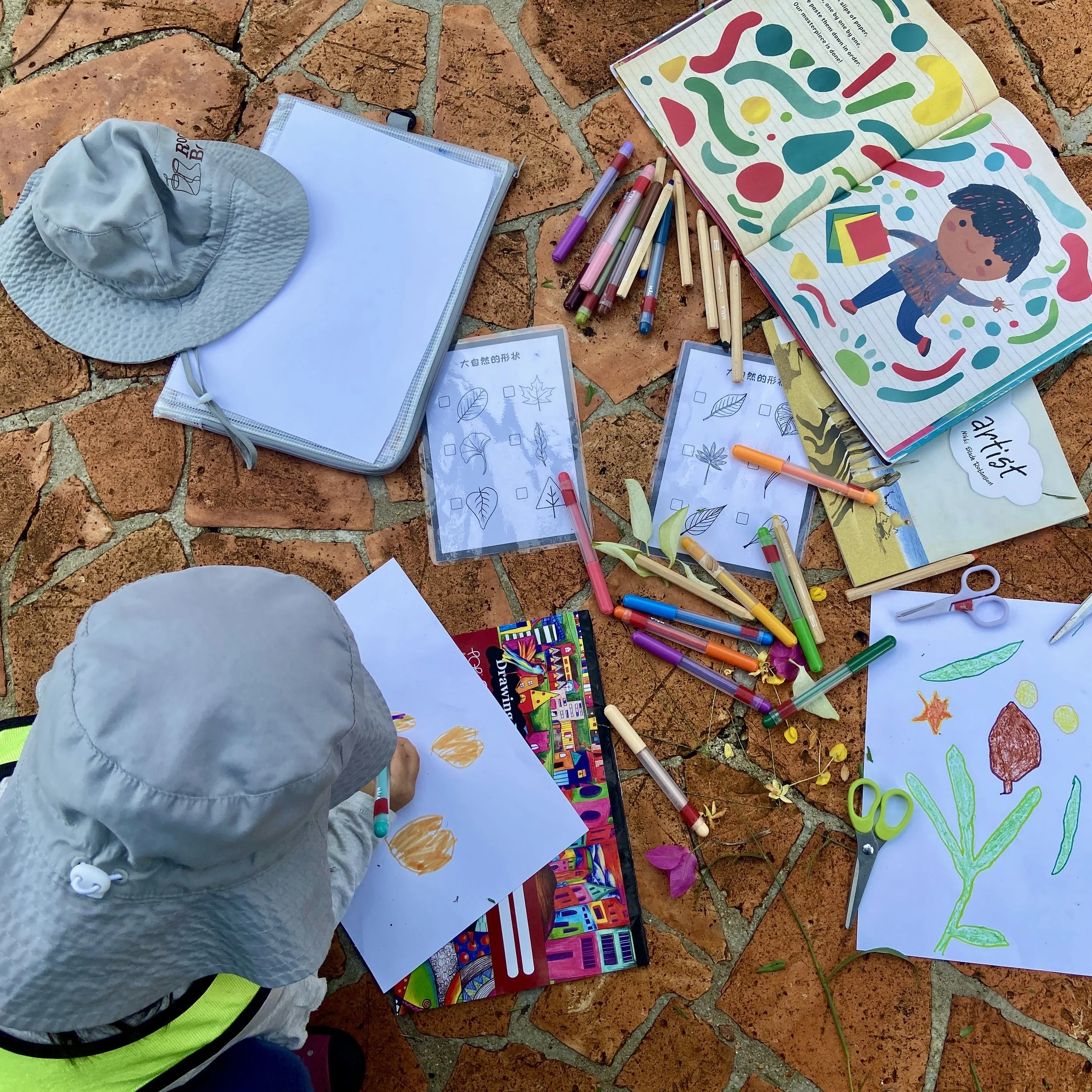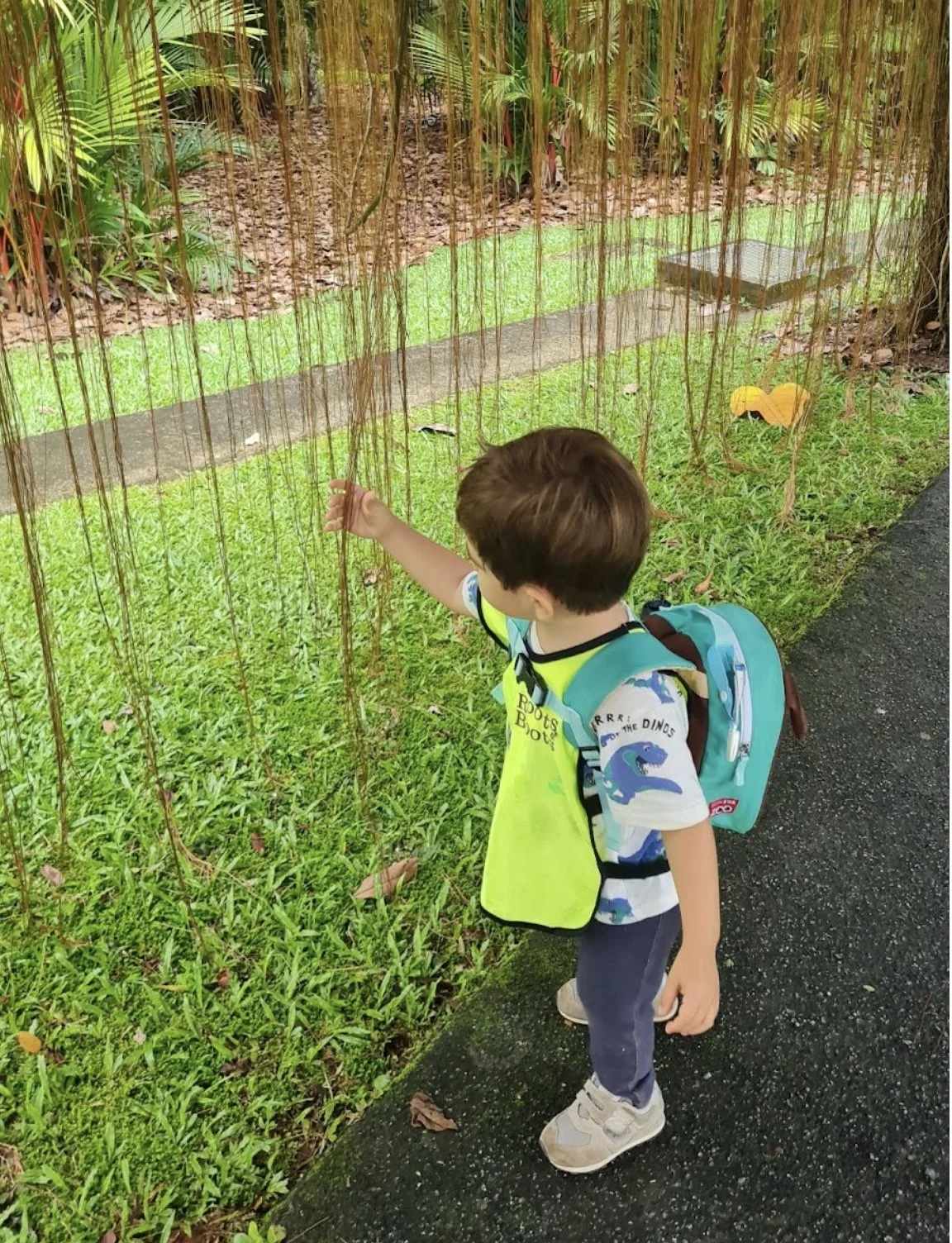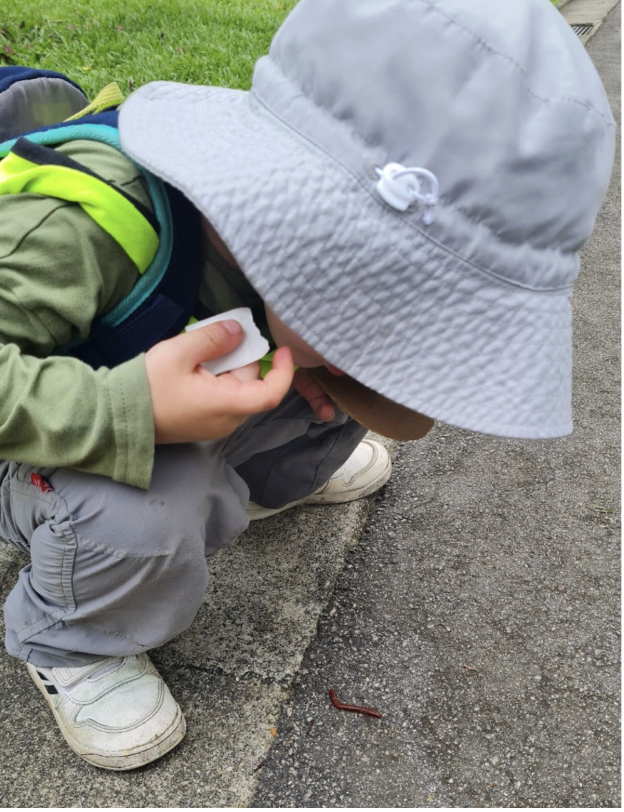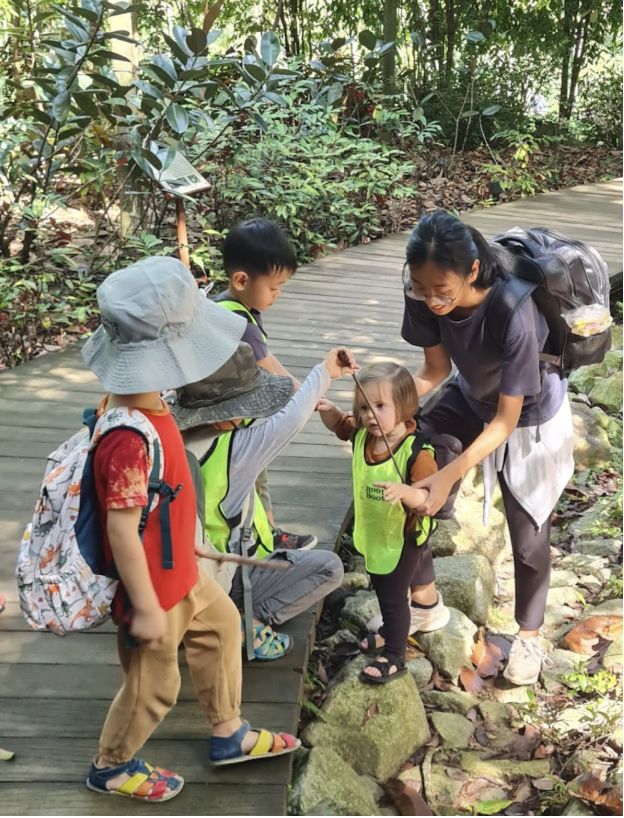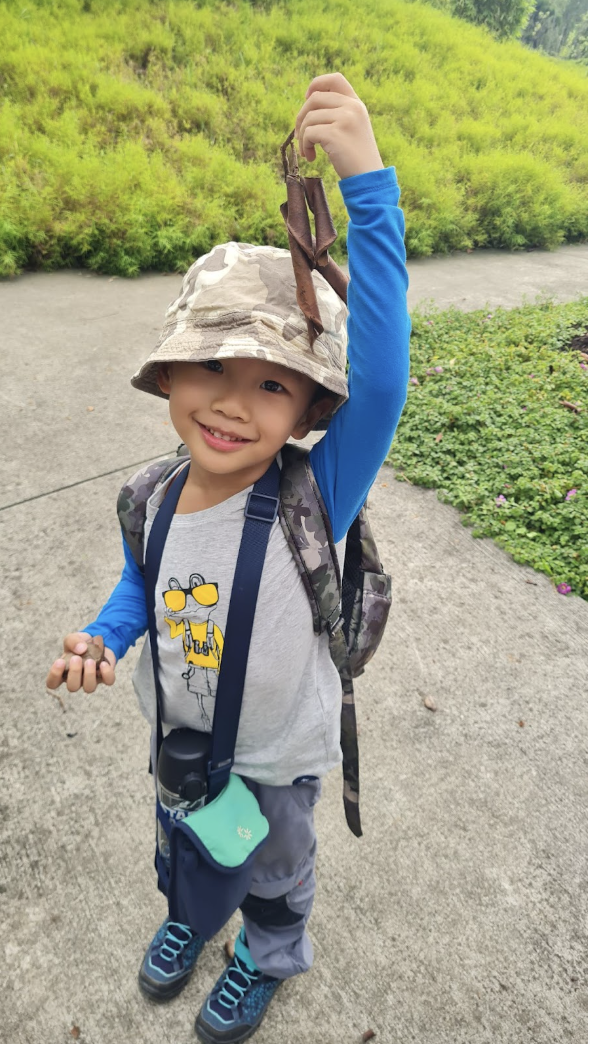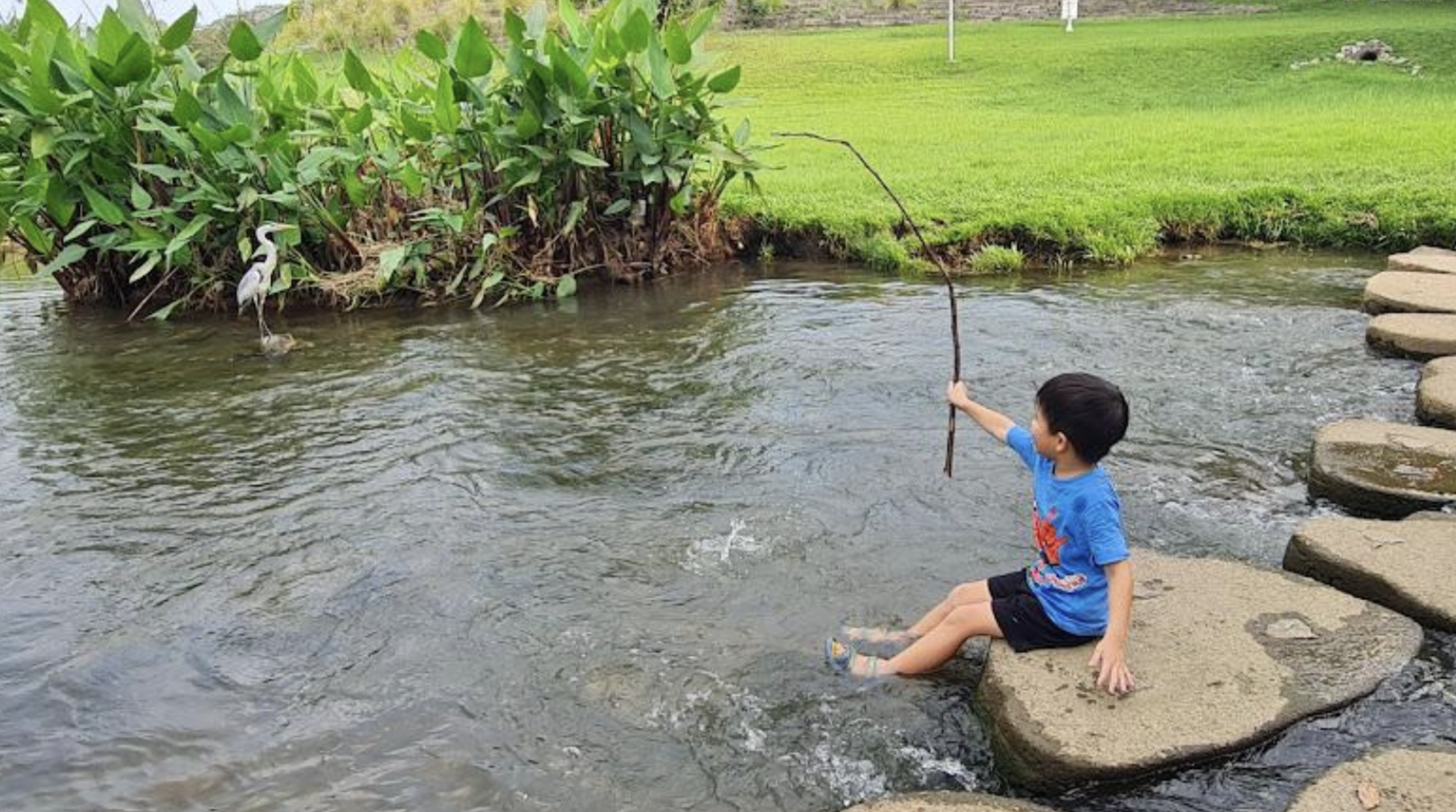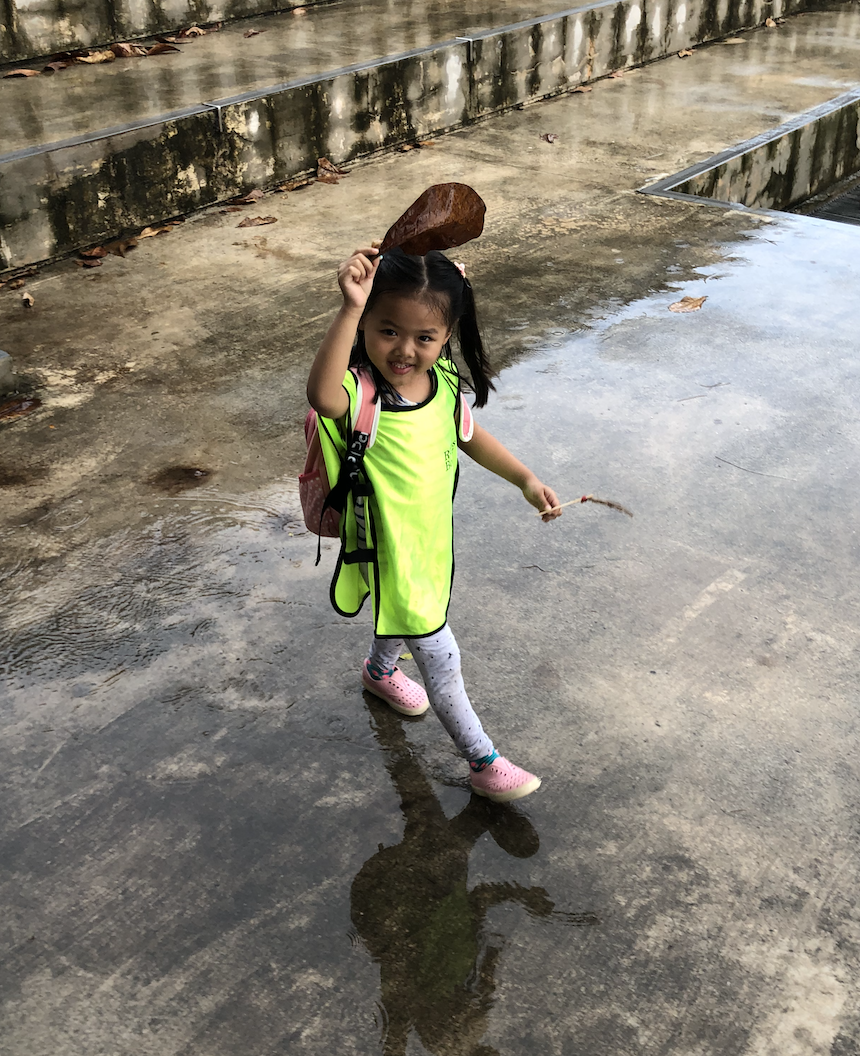When I pause and look around our borderless outdoor classrooms, I see small hands reaching for leaves, eyes lighting up at tiny insects, and the quiet wonder that comes when a bird calls overhead.
To us, every day holds the spirit of Children’s Day - and this year, we’re taking a moment to celebrate it a little more intentionally.
Honouring Childhood in the Wild
Children’s Day is a gentle reminder: that childhood is precious. It’s a time to wonder, to get messy, to ask questions that don’t need answers right away.
At Forest School, we honour that.
We follow their lead - through tall grass, over logs, and into moments of discovery that feel small, but mean everything. Out here, learning doesn’t come from worksheets. It comes from curiosity, play, and presence.
The other day, we invited the children to tune into the sounds around them. Using hollow stems, leaves, and whatever they could find, we experimented together - building simple “sound collectors” to help us hear more closely.
Some of us shook branches or tapped on logs, creating new sounds in the garden. The children followed, curious. Soon they were inventing their own ways to make and find sound - dragging sticks across drains, crinkling dry leaves, listening to the wind move through different plants.
What began as a simple activity turned into a soundscape of play and discovery. They weren’t just listening - they were learning how to notice.
What We Want for Every Child
On this Children’s Day, we’re thinking about what children really need to grow - not just taller, but deeper.
We want every child to feel:
Seen – For their ideas, their quiet moments, their bursts of joy.
Free – To climb trees, lie in the grass, and explore without hurry.
Connected – To nature, to others, and to themselves.
Trusted – To follow their own pace, and their own path.
Because when children are trusted with space and time, they grow in ways we can’t always measure - but can always feel.
You’re Invited 🌱
This Children’s Day, we’re opening our hearts (and our forest gates) to more families.
If your child needs more time outside, more wonder, more freedom — we’re here. Our mini and full outdoor classroom programmes are still open for enrolment, and we’d love for you to be part of our growing forest community.
Come walk with us, listen with us, and see how children learn when the earth becomes their classroom.
Happy Children’s Day — today and every day.

